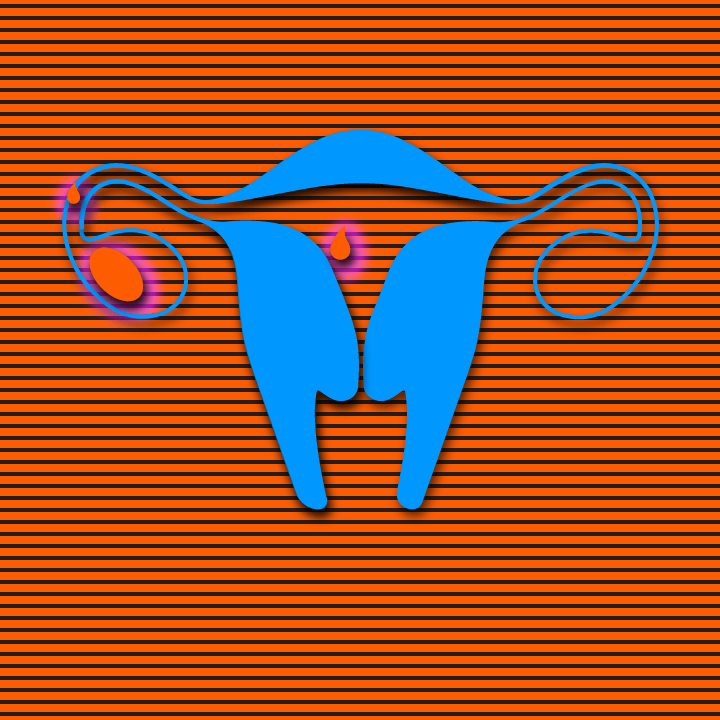The future of home-diagnostic tests
By Aayush Rai, CEO, Inito
During the pandemic, many of us worry about our own health and of our families. And recently, a conversation with a close friend turned to this topic. She has Hypothyroidism and needs to be on lifelong medication to manage the condition.
While managing this ailment in regular times wouldn’t be an issue, doctor visits and trips to the hospital for regular check-ups have either been put on hold or become dangerous and stressful during the pandemic. That led her to use an online service to get her thyroid medication delivered home. The convenience of an online consultation with a doctor and medicine delivery to her doorstep was great; she still had to go to the lab to get a blood test.
Clinicians and patients alike do not want to spend time traveling to labs and incur the expense, pain, and delays associated with traditional testing. And now, there is no need in many cases since there are alternatives such as home blood pressure monitoring, urine pregnancy, ovulation test kits, glucose monitoring, and more. In fact, advances in technology have even made it possible to conceive at home, in the privacy of your own space, without the need to visit a doctor’s office. This is wonderful news for women who are struggling with infertility problems, since home insemination is a cost-effective solution that can be done completely on your own.
Besides being cost-effective, quick, and confidential, home use tests can help:
- Detect health conditions even before symptoms arise so that you can get early treatment and lower your chance of developing later complications such as cholesterol, hepatitis, and other STI testing. Home EKG tests can pick up atrial fibrillation long before symptoms arise.
- Detect specific conditions when there are no symptoms or signs to take immediate action, such as pregnancy testing so that you avoid alcohol intake and start prenatal vitamins.
- Monitor conditions to allow frequent changes in treatment, such as to monitor blood sugar levels in diabetes and making insulin adjustments or adjusting blood pressure medications in the case of hypertension.
While home-use tests are a necessity during the pandemic, the change in user behavior will be permanent. In older days, couples trying to conceive could only track when they are fertile at home using Ovulation Tests. Ovulation tests can be done at home, measuring the presence of L.H., which shows up in the urine after ovulation occurs. Modern ovulation tests like Inito have advanced such testing by measuring the actual value of three essential fertility hormones, two of which predict, in advance, the time of ovulation and one that confirms that it did actually occur.
The user can simply send the chart of their hormones to the doctor rather than going through the anxiety and stress of lab tests. Once users and doctors experience the ease of use of these, they will not want to back to traditional methods.
People want to live healthy lives autonomously without excessive medical intervention. Even after the pandemic, consumers will continue to adopt home diagnostics. As technology sufficiently matures, every house will have a single connected device capable of conducting these tests – becoming as much a part of the household as a thermometer is today. This is especially critical in the U.S., given the high incidence of chronic diseases.
About 45% of the U.S. population – close to 133 million Americans have at least one chronic disease. The total costs for direct treatment for chronic conditions totalled $1.1 trillion —equivalent to nearly six percent of the U.S. GDP. Diabetes, Alzheimer’s, and osteoarthritis are the most expensive conditions in direct healthcare costs.
For people with diabetes, the HbA1c test (also known as the hemoglobin A1c or glycated hemoglobin test) is an essential indicator of their average glucose levels. It indicates how well their disease is controlled and must be taken every three months. Not testing regularly can lead to the condition spiralling out of control, risking life, and increased costs of care. Many other conditions, like Hypothyroidism, require constant monitoring and lifelong medication.
The ability to conduct home testing dovetails perfectly with online consultation and medicine delivery. With modern connected devices, patients can directly share test reports with their doctors, consult with them online, have their prescriptions renewed, and await the arrival of medicines at their doorstep. A complete ecosystem.
Managing conditions at home will gradually become a norm, as we build out this complete ecosystem. By taking travel and waiting times out and delivering care faster, home diagnostics can save us millions of years, spent in the pursuit of our health at an equivalent or even lower cost.
Inito is the world’s first home device that tests for fertility hormones on a single device connected to a smartphone. This groundbreaking device is the only ovulation test to perform lab-grade fertility diagnostic tests at home.






